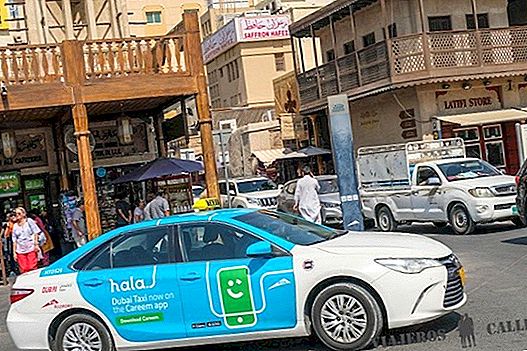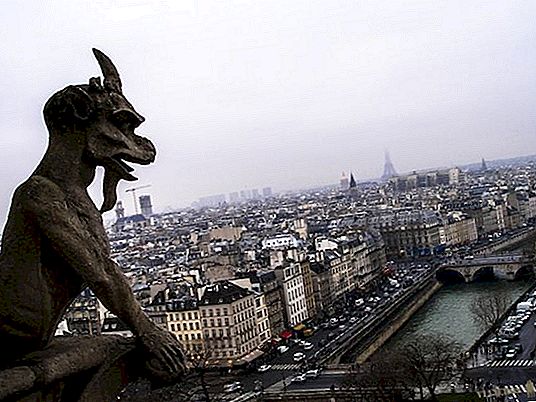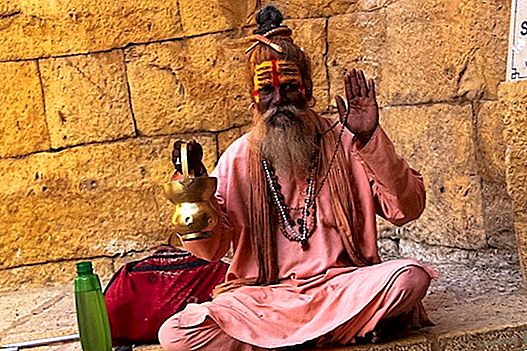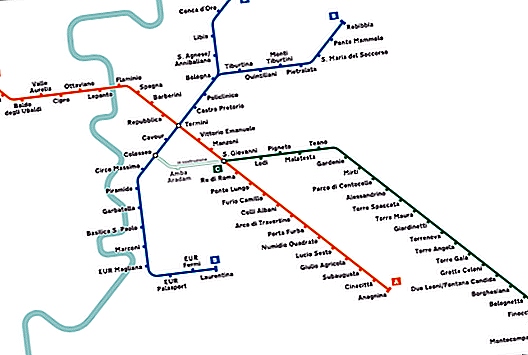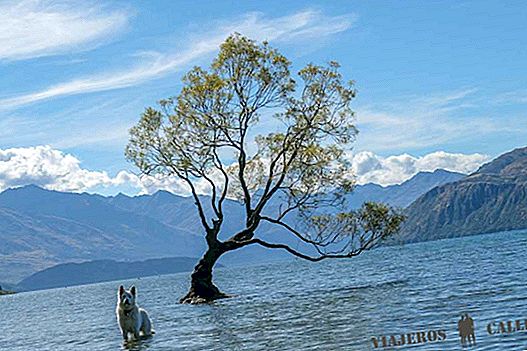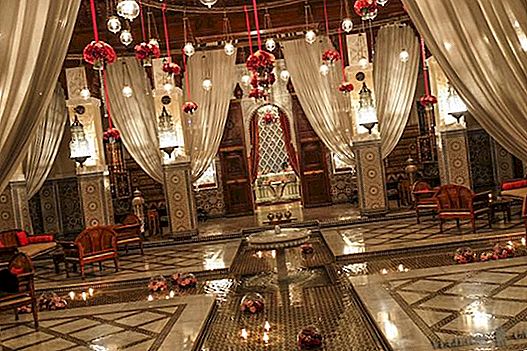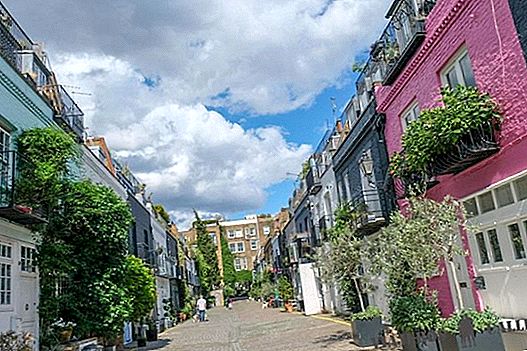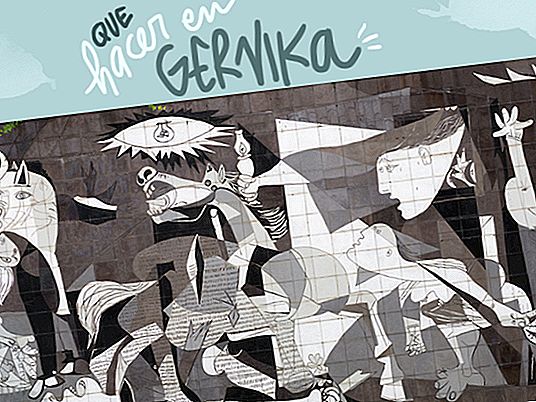
The name of "Guernica”Is known worldwide for Picasso's masterpiece. And the bombing that inspired the artist is also known. However, not much is known about its details, nor about what this population meant (and means) for the Basque identity. Does the Gernika Tree sound like to you? And the House of Boards? Did you know that the reds were blamed for the destruction of the city?
We will try to explain what we learned after visiting Gernika, and we tell you everything you can see and do in this unique Biscayan population.
At the beginning of the 20th century, Gernika was jumping from a traditional and rural population to a more advanced society with a gradual industrialization process. Gernika was the most important center of its surroundings, where people from the surrounding area went every Monday in their weekly meeting with the market.
But the importance of Gernika goes back centuries. He has long considered the symbol of Basque identity. The reason is their House of Boards and the Gernika Tree. According to the Basque tradition, in the shadow of this tree the devenires of the community were decided in a democratic and free process. From there all the laws of the territory of Biscay came out for centuries, and even here the kings passed by to swear respect to the Vizcayan Fueros.
At present, the House of Boards is the venue where the Vizcaya General Meetings are held and in front of the Gernika Tree theLehendakaris They swear their office.
It was on April 26, 1937, on a Monday, when Gernika multiplied its population on the occasion of the weekly market. Merchants, ranchers and artisans gathered here, with local families and from many surrounding places. Monday was a party, even during the Civil War.
The bells and alarms rang at a certain time in the afternoon. The frightened people sought refuge. First Italian planes passed, with small loads, which scared the population. It was not, by far, the worst. They were followed by 19 German planes, the Condor Legion, launching explosive bombs with delay and incendiary bombs. They passed, they unloaded on Gernika, they recharged in Burgos, and they happened again… So for three and a half hours.
Finally, if this was not enough, several fighters "cleaned" the area by machine-gunning everything that moved. If someone was choking on his burning shelter and went outside, shot. If a father escaped up the hill in search of his family, shot ...
In Gernika there were two military objectives: the bridge where Republican troops could escape and a weapons factory. Both were intact. The House of Boards, or the Gernika Tree, was not even attacked. The objective was to terrorize the opposite side, and in passing to give the Germans a test ground where they can rehearse their actions for the coming World War II.
The destruction was total, 85% of the buildings were devastated. And the dead? Well, the death toll figure dances scandalously, depending on who tells you the story. Some studies speak of 126, other sources are closer to 2,000 ...
Although materially the rebel side did not participate in the bombing, it was an attack organized by Franco and General Mola with their Italian and German allies. Beyond the casualties (mostly civilians), the moral coup was irreversible and this fact helped the seizure of northern Spain by the nationalists, and the final victory in the Civil War.
But ... what happened in Gernika? The official version was that the separatist reds, seeing each other with water around their neck, set the city on fire. The chronicles of the time (which were not exactly an example of freedom) corroborated this version, manipulating information and photos.
But the truth always prevails. George Steer was a British journalist who lived closely in the bombing. He spoke with numerous neighbors after the event and sent a chronicle with the real events: the complete destruction of a Basque population. It was published by The Times in London and The New York Times on April 28, 1937. Here you can see the original article.
However, this truth had no place in Franco's Spain. It was not until the end of the dictatorship that it was recognized that the Gernilka massacre was at the hands of national allies.
Eye, because here there were three responsible. Do you know which of them asked for forgiveness? Wrong! You did not guess. Germany, through its ambassador to Spain, admitted the facts and apologized to the Basque people, in 1997. Neither Italy nor the Spanish state have yet pronounced ...
The bombing destroyed most buildings. Even so, Gernika retains a few very interesting places. We spent half a day here and we loved it. This is the better to see and do in Gernika:
Gernika Peace Museum
Although it is not a museum completely dedicated to the bombing, its main room does offer material of the time and testimonies of survivors to understand the event. In summer time they offer a free guided tour at 1:00 pm, highly recommended. The price is € 5, although if you approach the Tourist Office you can buy a combined ticket from the Peace Museum and the Euskal Herria Museoa for € 4.75. More info.
Gernika Board House and the Gernika Tree
They are two of the strongest symbols of the identity of the Basque people. Under the Gernika Tree the laws regulating the life of these territories were signed, already in the Medieval Age. At present it is here where the president of Euskadi swears in office, thelehendakari. This tree is replaced by a younger one from time to time, the one we see today, in the back of the House of Boards, was planted in 2015. But you can see a much older one, the “old tree”, of the year 1742
The impressive building of the House of Boards was built in 1833 and is the headquarters of the Vizcaya General Boards. It has different rooms and you can not miss the window on the roof of one of them, with the representation of a huge tree. The visit is free and opens from 10 to 14 and from 16 to 18 (19 in summer).
Euskal Herria Museoa
It is a museum dedicated to the culture and history of the Basque Country. It is located in the Alegría Palace, which survived the bombing of 1937. The normal ticket costs € 3.5, but we recommend you buy the combined one with the Peace Museum for € 4.75.
Mural of the "Guernica" by Picasso
Picasso's famous painting was commissioned by the government of the Second Republic to represent Spain at the International Exhibition of Paris in 1937. In the composition you can see the horrors of war, although it has many interpretations. The painting, after passing through many countries, did not step on Spanish territory until 1981. Today it is located in the Reina Sofía Museum, in Madrid. But in Gernika you can see an outdoor mural.
Park of the peoples of Europe
Very close to the Casa de Juntas is this small park, where you can take a walk in good weather. There are two sculptures by renowned artists: Eduardo Chillida and Henry Moore. The access, of course, is free, and opens from 10 to 19 (until 21 in summer).
Santa Maria Church
It is the most important church in Gernika, and one of the most representative of the Gothic style in the Basque Country. The truth is that from the outside it impresses quite a lot. When we went we found it closed, although it seems that you can request guided tours through the website of the town hall, or enter Mass.
Fronton Jai Alai
It is the second largest active pediment in the world and is a great pride for the population. Here peak basket matches are played, exhibitions and other cultural events are held, although it is also open for your visit and free from 4:30 p.m. to 7 p.m.
Oma Forest and Santimamiñe Cave
About 10 km from Gernika is this forest of painted trees, the work of Agustín Ibarrola. The surroundings and the strange figures on the trunks make it a magical place. The circular route is about 7 km through the forest, which is completed in about two hours, and is free. More info.
In this area there is also the Santimamiñe Cave, with cave paintings from over 14,000 years ago and declared a World Heritage Site. Guided tours can be made (prior reservation) for € 5. More info.

Photo from www.bosquedeoma.com
Useful information
:: Where to park in Gernika?
Next to the Ertzaintza police station there is a free and very large car park. It is also not far from the center, about 10 minutes walk. Gernika parking location.
:: Where to eat in Gernika?
Among the streets Pablo Picasso Kalea, Industria Kalea and Juan Calzada Kalea are the majority of restaurants and bars in Gernika. We ate at the Arrien, although the menu of the day was not from the other world (€ 12), they had a menu of 6 pintxos for € 8 and they all looked very good.
Articles about Basque Country:
- ROAD TRIP FOR THE BASQUE COUNTRY
- 20 THINGS TO SEE AND DO IN SAN SEBASTIÁN
- WHAT TO SEE AND DO IN ZUMAIA (ZUMAYA)
- WHAT TO SEE AND DO IN HONDARRIBIA IN ONE DAY (FUENTERRABIA)
- WHAT TO SEE AND DO IN GERNIKA (GUERNICA)
- THE MOST BEAUTIFUL PEOPLES OF THE BASQUE COUNTRY
- VISIT TO SAN JUAN DE GAZTELUGATXE
- 20 THINGS TO SEE AND DO IN BILBAO

